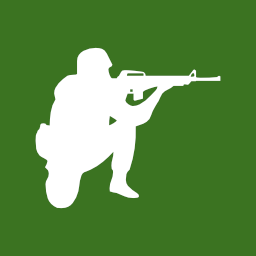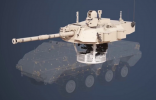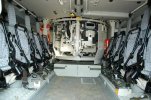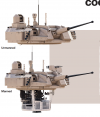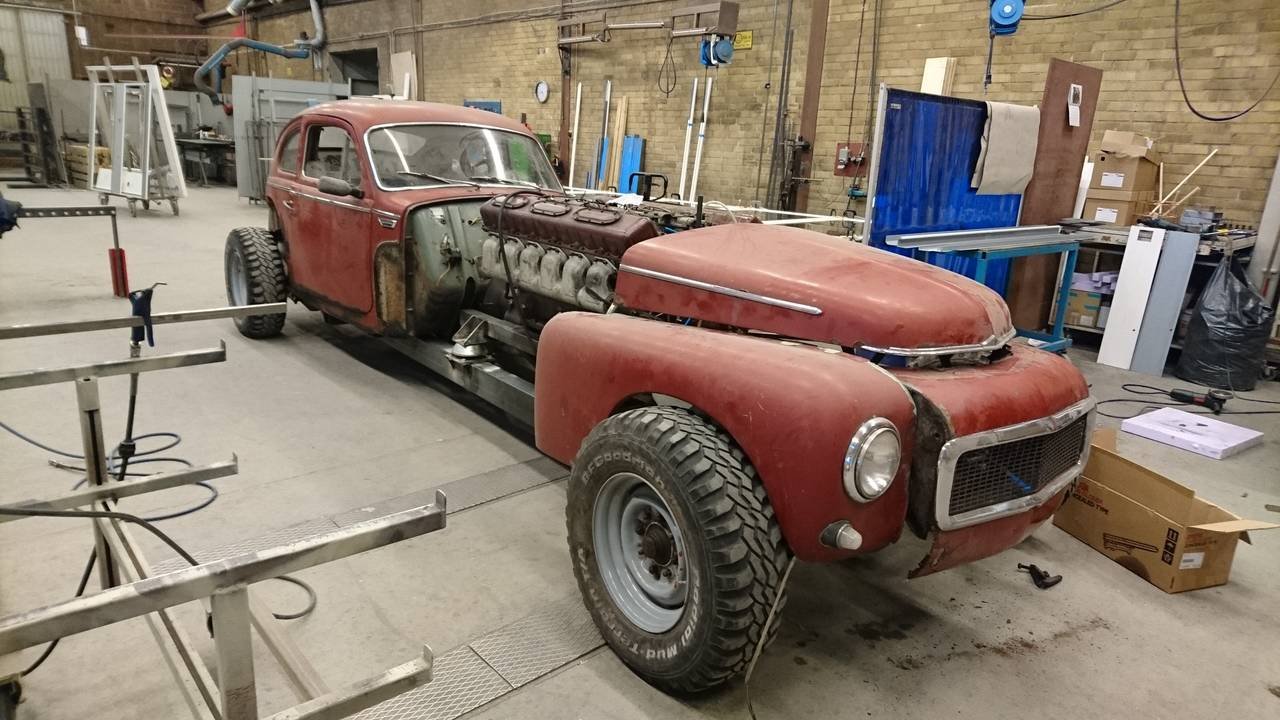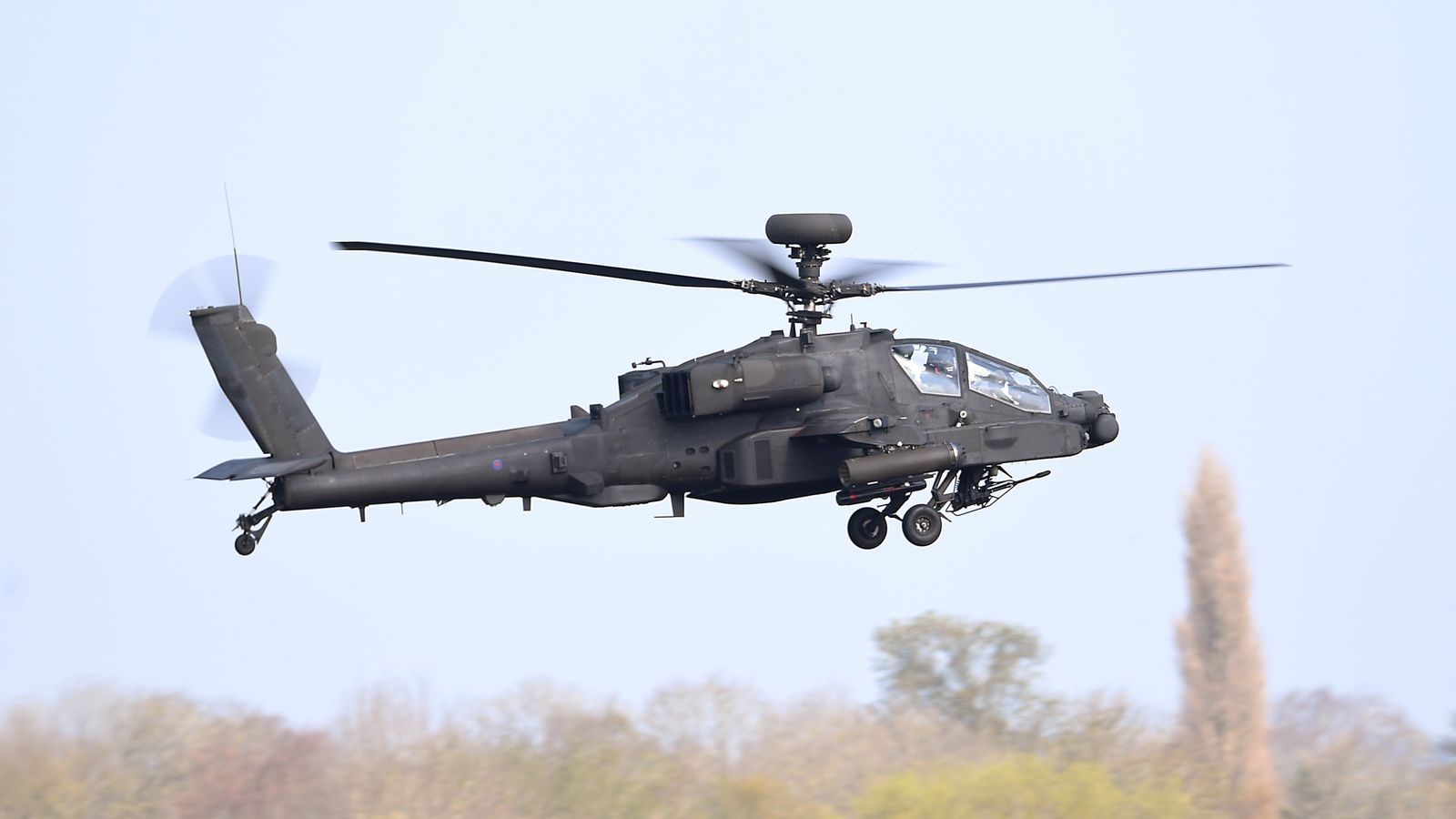Details have emerged of the contribution armoured fighting vehicles (AFV) are expected to make in the defence planning of the Swedish Army, as well as some initial requirements that the force has for its CV9040 infantry fighting vehicle (IFV) replacement, in a presentation given by Major General Karl Engelbrektson, commander of the Swedish Army, on 27 January, during the virtual International Armoured Vehicles conference.
Sweden is modernising its armed forces with a view to deterring external aggression, with an important element of this plan being the replacement of its legacy AFV fleet, including the Leopard 2 (Swedish designation Strv 122) main battle tank (MBT), as well as the CV9040 (Stridsfordon 9040A) IFV, sometime after 2030.
The replacement vehicles will be required to enable incremental improvements throughout their service lives, and will need to be “emission modular”, Maj Gen Engelbrektson said. This would require the vehicles to be capable of conducting individual signature management, with the ability to decide what is emitted, and when.
This requirement arises from the fact that everything on the battlefield is a sensor, and also the need for vehicles to conduct deception and reduce emissions for extended periods of time as “part of the fighting economy”, Maj Gen Engelbrektson said.
The seven priorities that Sweden gave for the development of the CV90 in 1982 remained, Maj Gen Engelbrektson said, adding that these were still relevant. Those priorities, according to a 2012 presentation from BAE Systems, were given in the following order of priority: extreme mobility; effectiveness against armoured targets; effectiveness against air targets; protection/survivability; strategic mobility; maintainability/reliability; and development potential.
One of the key requirements that will extensively influence the programme, however, is the height of the vehicles. This is related to tunnels, Sweden’s terrain, and survivability, Maj Gen Engelbrektson said.



